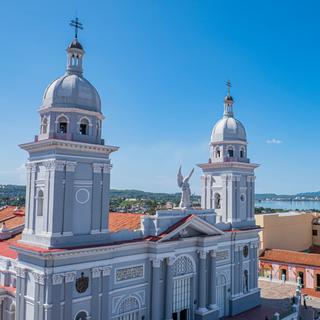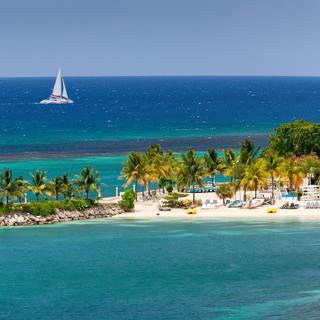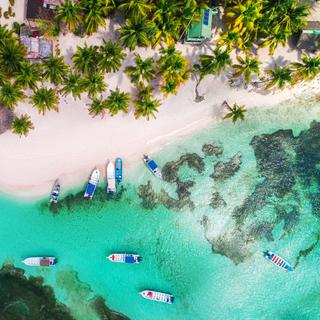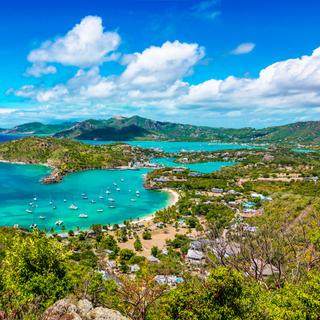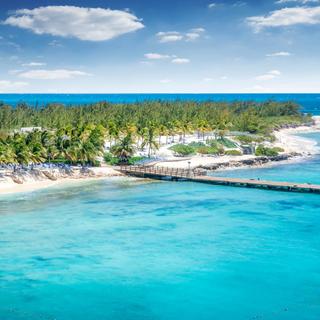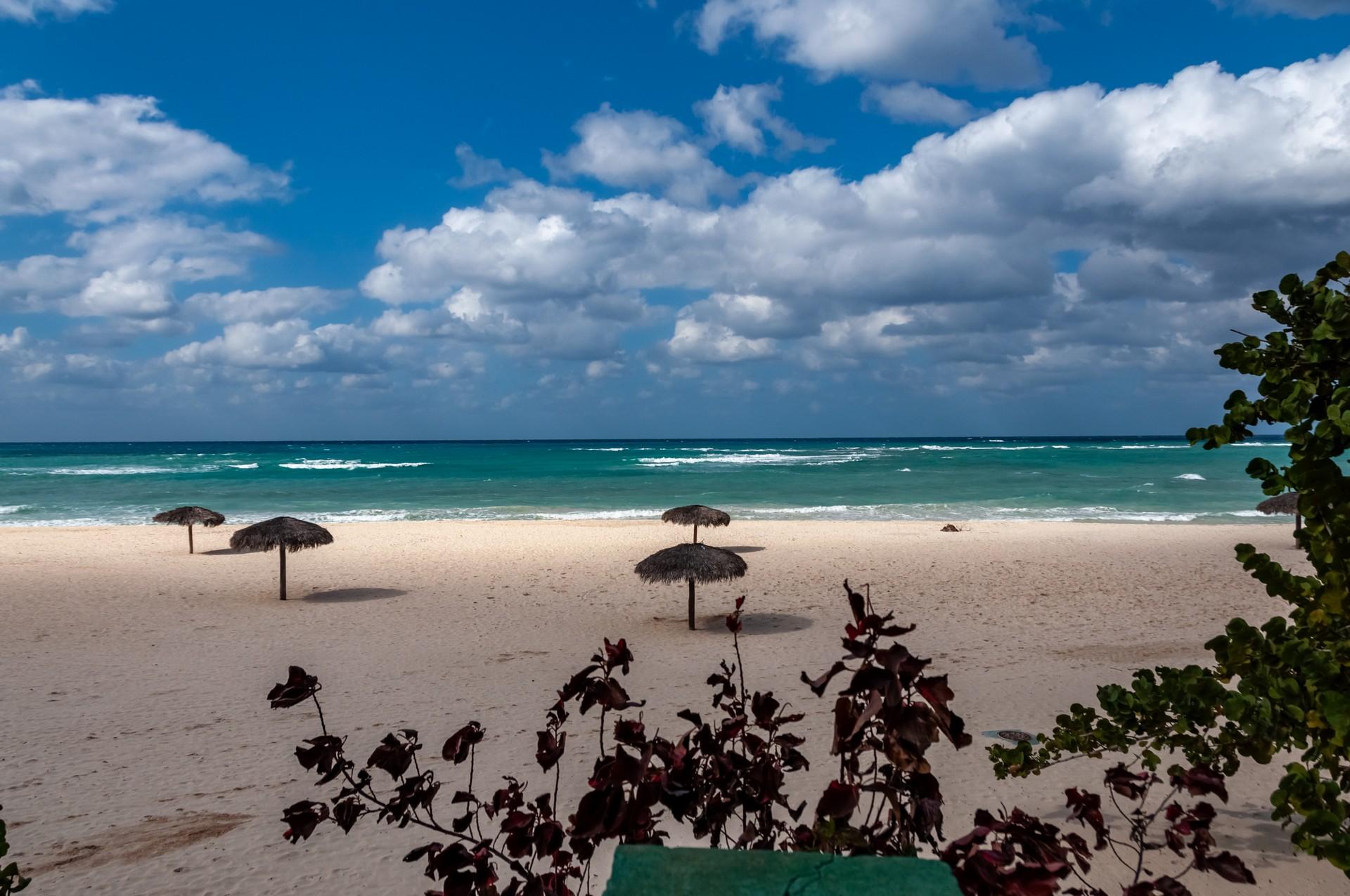
East Cuba climate 2025

East Cuba climate 2025
Weather charts for East Cuba
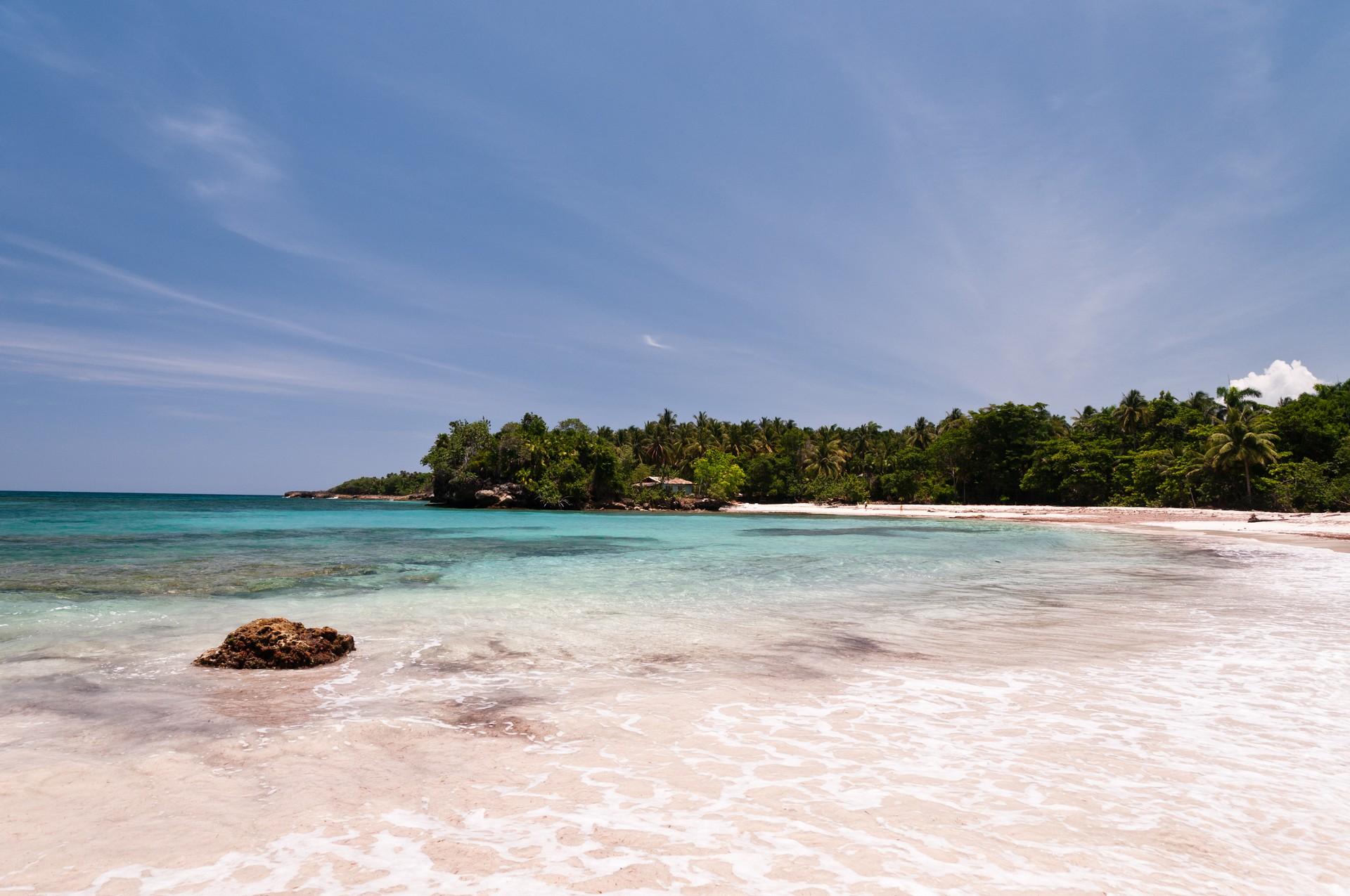
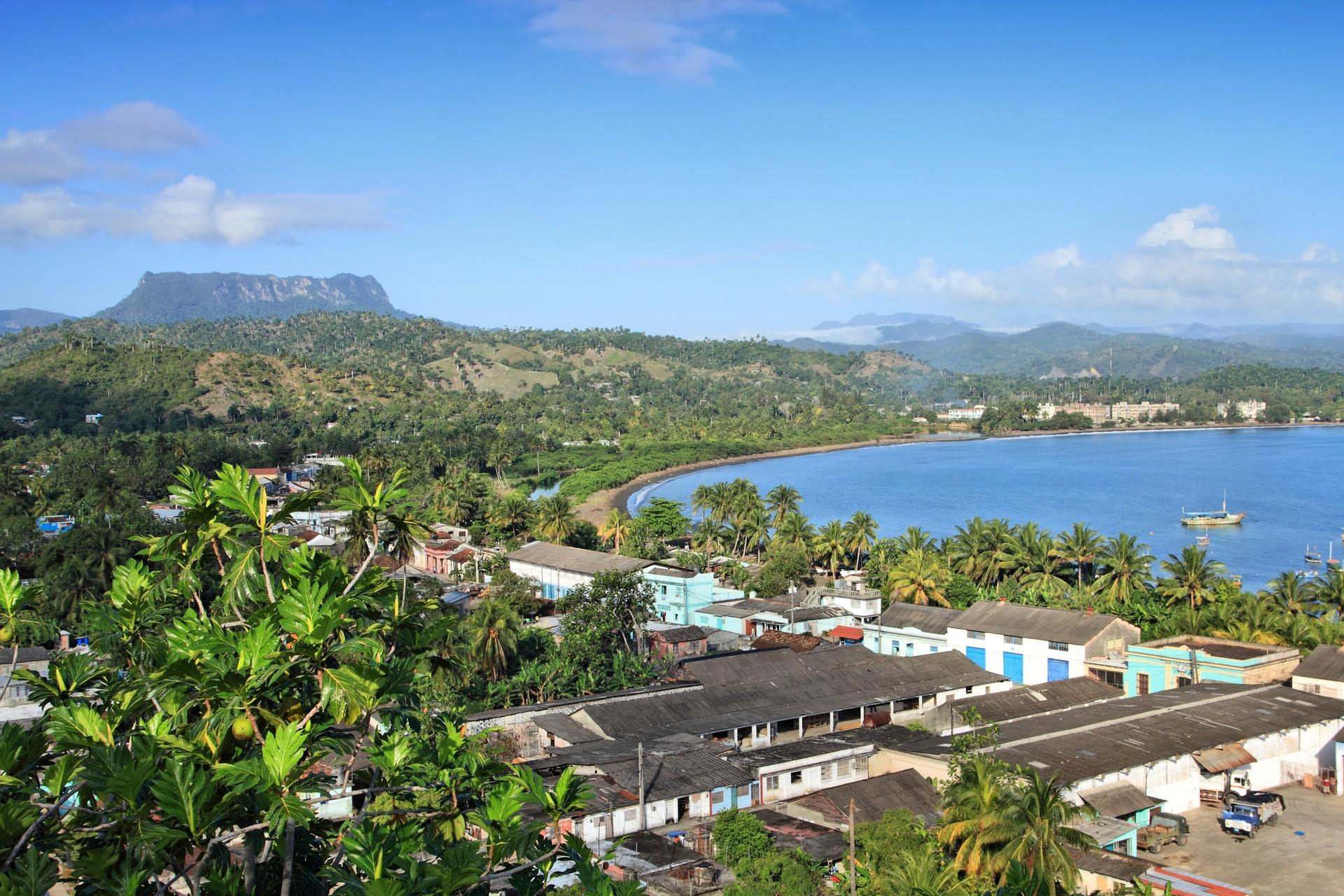

Find more destinations like this
Destinations in East Cuba
Destinations with similar weather to East Cuba
Climate overview and FAQs
Climate overview
East Cuba is a region with a tropical climate. Temperatures during the day are in the range from 28 °C (83 °F) in January to 33 °C (91 °F) in August. The driest month is February with just 5 days of rain, on the contrary, the month when it rains the most is October with 12 days of rain. Sea temperatures are in the following range: 26 °C (79 °F) in February to 29 °C (85 °F) in September. Temperatures during the night go from 20 °C (68 °F) in February to 24 °C (75 °F) in August.
What is the best month to visit East Cuba?
The best time to visit East Cuba is between January and December. During this period, temperatures are between 28 °C (83 °F) - 33 °C (91 °F), night temperatures are between 20 °C (68 °F) - 24 °C (75 °F), rainfall averages 8 days per month, and 7 hours of sunlight on average. The sea temperature at this time of the year is around 26 °C (79 °F) - 29 °C (85 °F). For non-beach activities, such as sightseeing, hiking in nature, the best time to visit is December - April.
Is East Cuba a year-round destination?
Yes, East Cuba is a year-round destination, the temperatures don't fall below 28 °C (83 °F) and the sea temperature below 26 °C (79 °F).
What months is the dry season in East Cuba?
The period, with low amounts of rain in East Cuba - dry season - lasts from December to April. In this period it is raining on average 5 days and approximately 86 mm (3.38 in) precipitation falls per month, which are values below average.
What sea temperatures can I expect in East Cuba?
In East Cuba, sea temperatures between 26 °C (79 °F) and 29 °C (85 °F) can be expected during the year.
What temperatures can I expect in East Cuba?
East Cuba enjoys daily temperatures in the range of 28 °C (83 °F) - 33 °C (91 °F) during the year.
What is the humidity in East Cuba?
Generally, East Cuba belongs to destinations with higher humidity. It ranges from 76 % to 81 %.
What are the night temperatures in East Cuba?
In East Cuba, night temperatures between 20 °C (68 °F) and 24 °C (75 °F) can be expected during the year.
What is the least cloudy season in East Cuba?
The least cloudy months in East Cuba are February - April, when the cloud cover is on average only 39 %.
Is it windy in East Cuba?
East Cuba is a destination with rather light or moderate winds.
Which month is the sunniest in East Cuba?
The period, which is the sunniest in East Cuba, is in the months of March - May, when there is an average of 7 sun hours per day.


